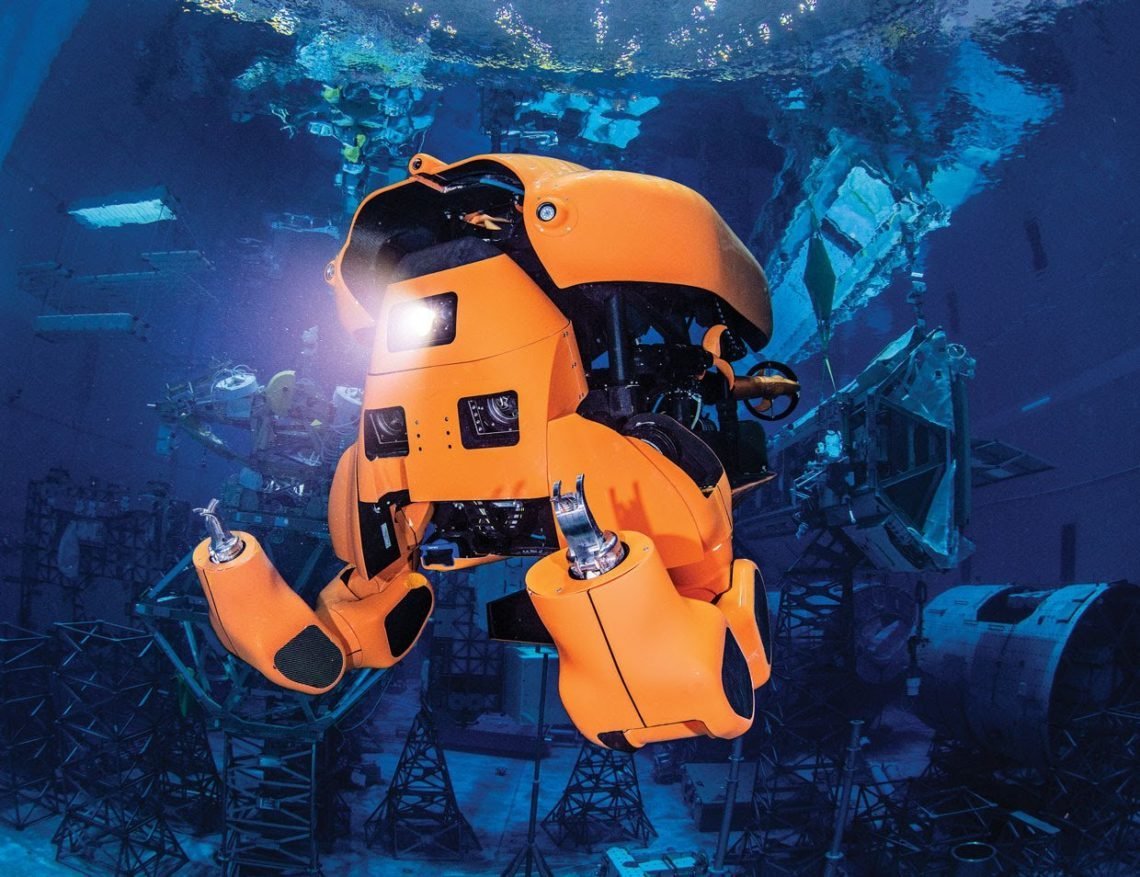
In the vast and often unexplored depths of the ocean, a new technology is making waves, both literally and figuratively.

Tiburon Subsea, a company that’s been quietly pushing the boundaries of subsea exploration, has unveiled JETTE, a cutting-edge autonomous underwater thruster control system poised to disrupt the status quo of oceanic discovery and data collection.

JETTE is not just a new piece of hardware; it’s a beacon of innovation in the field of Unmanned Underwater Vehicles (UUVs).

With its in-line dual vectored design, JETTE promises enhanced speed, maneuverability, and redundancy over traditional underwater propulsion systems.

This is a pivotal advancement because it addresses long-standing weaknesses in UUV control planes, offering increased efficiency and a level of reliability that could significantly impact various maritime sectors.

Tim Taylor, the Ocean Explorer and CEO of Tiburon Subsea, envisions a future where access to oceanic data isn’t just limited to well-funded organizations.

He believes that autonomous vehicles, like their counterparts in the sky, can bridge the gap in timely ocean data collection.

As Taylor puts it, “Autonomous vehicles are opening new frontiers just as satellites have in space.”

He sees a world where this technology aids renewable energy, climate change remediation, coastal engineering, and security, democratizing access to this vital information.

The ambition doesn’t stop there. Tiburon Subsea is building a global fleet of Hovering Autonomous Underwater Vehicles (HAUVs), powered by JETTE, that can perform tasks from oceanographic research to hydrographic survey with unprecedented efficiency.

Given the multitude of use cases, it’s clear that HAUVs are set to transform how we interact with the ocean’s secrets.

Such enhancements come at a critical time, as climate change and natural disasters impose increasing threats to coastal infrastructure and ecosystems.

Perhaps one of the most compelling aspects of this technological leap is the system’s ability to locate and identify unexploded ordnance and its application in environmental remediation efforts.

As the world grapples with the legacies of war and industrialization, this becomes an indispensable tool in the remediation arsenal. Moreover, with machine-learning capabilities, HAUVs can swiftly detect anomalies, drastically reducing risk and operational time.

Relevant articles:
– Tiburon Subsea Introduces Advanced Underwater Robotic Technology, PR Newswire
– Enhancing Subsea Data Collection and Application, Tiburon Subsea
– Cobot Systems Announces UR+ Partnership with its Laser Welding Cobot System, Robotics Tomorrow
– Cyngn Rolls Out its Partnership with RobotLAB, Expanding Distributor Network, Robotics Tomorrow

